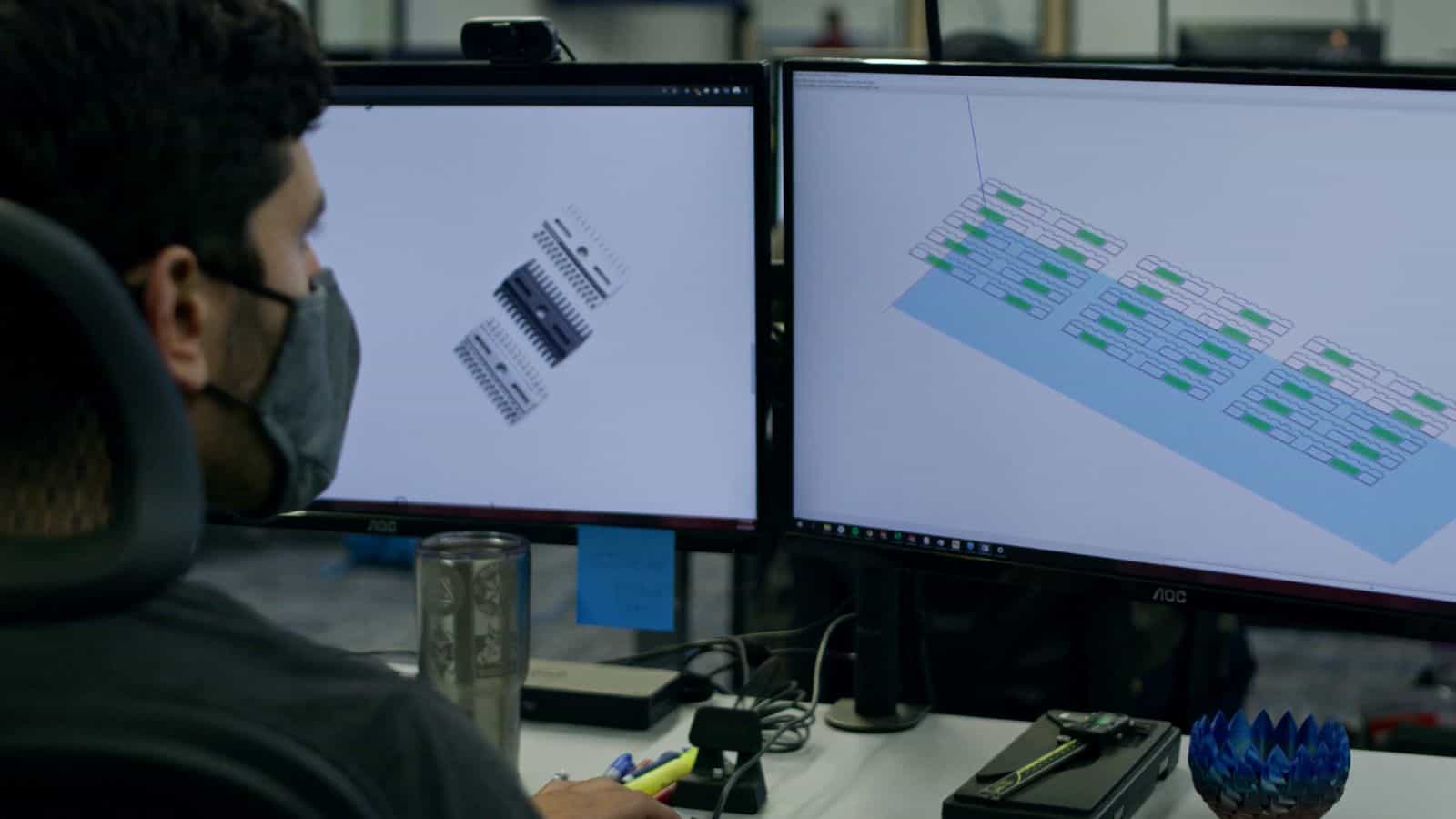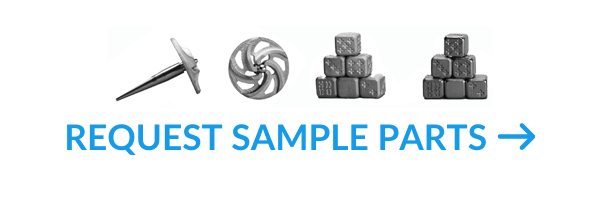There’s a growing push among manufacturers towards integrating metal 3D printing into product development. Here’s why:
Metal-based additive manufacturing (AM) is growing at a remarkable rate. With metal printing unit sales increasing at over 50% annually since 2014, it’s clear that this particular type of 3D printing is finding its niche. Traditionally that niche has been in product development, but metal 3D printing is becoming increasingly advantageous for production as well.
Traditional Manufacturing takes Time and Money
The process of taking a new product from ideation to design to production can be extremely costly with traditional methods. There are significant overhead costs associated with prototyping (or even small production runs) when methods like CNC machining or injection molding are used. Assembly of those parts takes labor and every iteration of the proof-of-concept or prototype model means the process must be repeated.
Product development with traditional manufacturing takes TIME, and time is money.
The period between developing a product concept and going to market with it represents nothing but expense for businesses; the longer it stretches, the more it costs.
3D Printing Accelerates Product Development Time
3D printing can mitigate or eliminate these problems in nearly any innovation cycle because:
- Labor is minimized to the designer and the printer’s operator.
- There is no tooling or setup—all that needs to change in order to produce a physically altered product is the digital blueprint.
Add it all up, and you have a recipe for a completely flat unit cost: the 1st unique 3D-printed product will cost no more than the 100,000th. There’s no overhead to distribute.
The implications of these advantages are redefining the way metal products are designed in industries from healthcare, including medical and dental applications, to aerospace, where companies like Boeing now use 3D printing as a standard to provide flexibility in their production. Using metal AM, designers are able to iterate on their new ideas at much higher speeds and at much lower unit costs than more established methods would allow.
Benefits of Fast Cycles on Product Development
This accomplishes two things:
- Reduces development time for a company to go to market with a new product, giving that item a more favorable distribution between development expenses and revenue generation.
- Promotes higher product quality by reducing the costs of each prototype iteration, making it feasible for companies to iterate toward higher quality.
These factors have made the switch to 3D printing a no-brainer for companies with frequent new metal component development cycles. However, the innovation cycle doesn’t just end with a workable prototype.
3D Printing in Production
After product development is complete, most companies abandon 3D printing in favor of traditional manufacturing techniques for production. However, this transition inevitably means incurring additional risk due to changes in part performance, cost, and design from changing processes.
Companies like 3DEO are proving that metal 3D printing is a viable option for producing parts from prototype to production. By using its unique Intelligent Layering process, 3DEO is able to produce metal AM parts in higher volumes and for lower costs than other processes such as CNC machining. Metal AM in production enables design flexibility by eliminating the costs of tooling modifications associated with traditional manufacturing. Working with 3DEO from prototype to production means:
- Faster development cycles,
- Zero upfront tooling costs, and
- No surprises the night before production.
Work with 3DEO for Production Metal AM
3DEO is uniquely suited to help organizations make the transition from prototyping to small or medium scale production. Our metal additive systems are designed to make this process seamless. We work with companies to cheaply develop a product ready to market and we’re able to handle the ensuing manufacturing. By acting as a single-source solution, we’re able to offer manufacturers a low-risk path through the entire innovation cycle. If your organization is deciding how to bring new metal components into production, contact us here—we can help.



